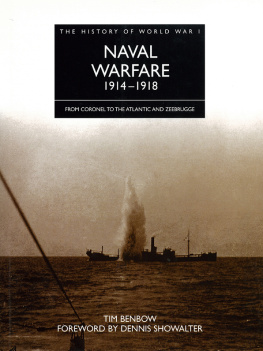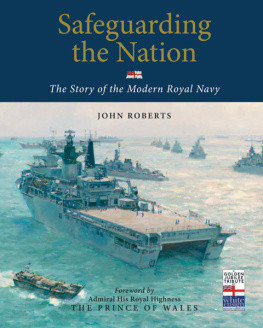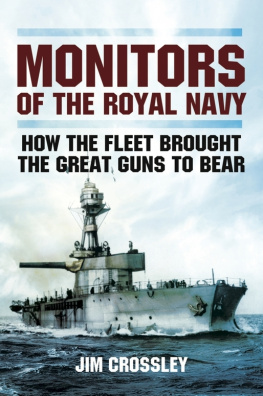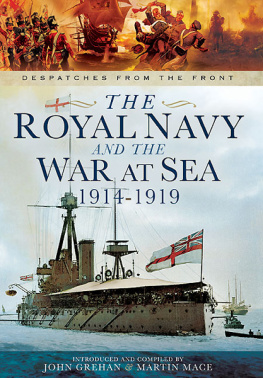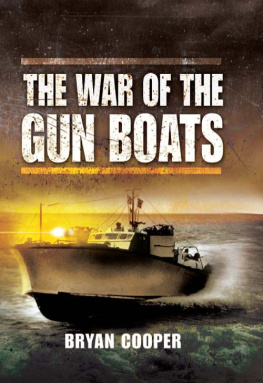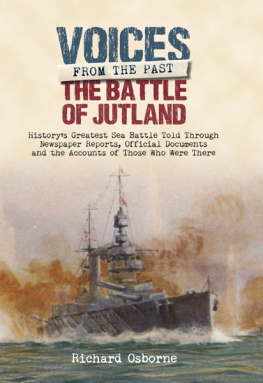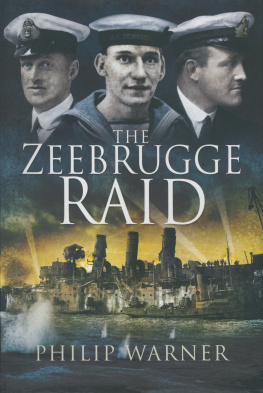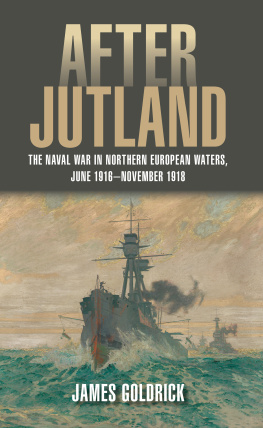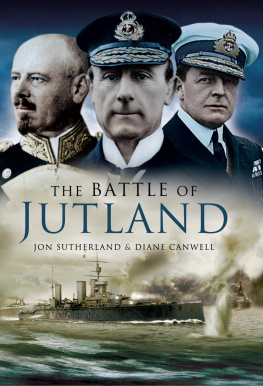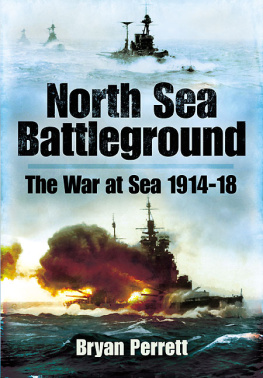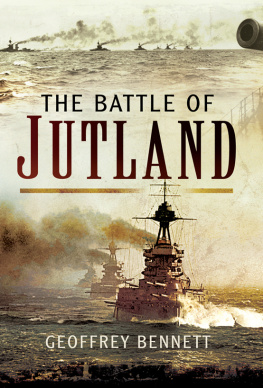Contents

Special thanks to my parents, George and Diana Benbow, for their meticulous proof-reading
This edition first published in 2011
Published by
Amber Books Ltd
Bradley's Close
7477 White Lion Street
London N1 9PF
United Kingdom
www.amberbooks.co.uk
Copyright Amber Books Ltd 2011
All rights reserved. With the exception of quoting brief passages for the purpose of review no part of this publication may be reproduced without prior written permission from the publisher. The information in this book is true and complete to the best of our knowledge. All recommendations are made without any guarantee on the part of the author or publisher, who also disclaim any liability incurred in connection with the use of this data or specific details.
ISBN: 9781906626167
Digital Edition ISBN: 978-1-908273-12-3
Series Commissioning Editor: Charles Catton
Editorial: Ilios Publishing, Oxford, UK
Picture Research: Terry Forshaw and Susannah Jayes
Design: Hawes Design
Cartography: Patrick Mulrey
Indexer: Alison Worthington
For editorial or picture enquiries please contact editorial@amberbooks.co.uk
Printed in Dubai
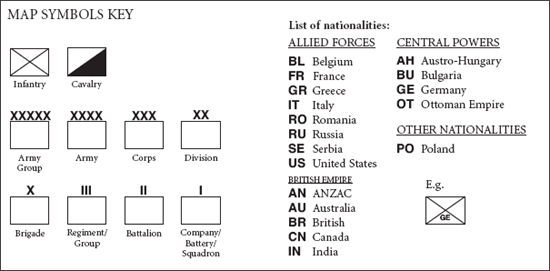
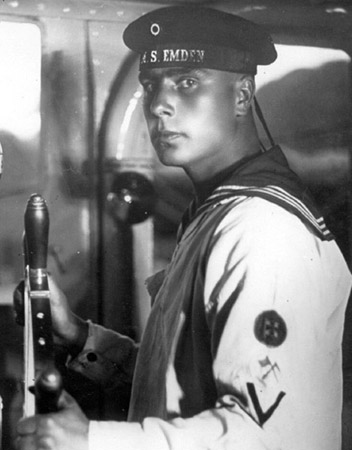
A German sailor from SMS Emden.
Foreword
W orld War I was limited in time and space, lasting only four years. Its outcome was determined in a single regionnorthern France and Flanders. Yet its unprecedented scale and cost created a spectrum of consequences, earning it another name: the Great War. That war was a Great Surprise. It was expected to be decisive and short. Instead it drew the entire world into an attritional death grapple whose outcome was uncertain until the end, and whose graves are scattered from Nova Scotia to Singapore. The Great War marked the end of European hegemony, the rise of the US and the Soviet Union as superpowers, and the emergence of the non-Western world on its terms. This conflict truly was the defining event of the twentieth century.
For all its impact, World War I remains shrouded in myth, mystery, and mourning. It exists as a series of disjointed images: old photographs and fragments of poems; devastated landscapes; anonymous soldiers scrambling over the top; above all, the endless cemeteries of the Western Front. The History of World War I returns that tragic conflict to the sphere of history. Based on a half-century of sophisticated research, incorporating state-of-the-art graphics, the six volumes of the series present the war on land, at sea, and in the air in a global context, and in human terms.
Dennis Showalter
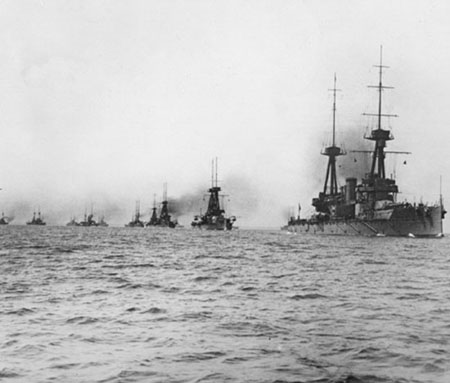
The Royal Navy battleships that would fight World War I were all but unrecognizable from those that had fought under Nelson. Steam propulsion, iron hulls and great advances in guns and armour revolutionized navies. Sea power was central to the causes and outcome of the war.
INTRODUCTION
The Coming of War
At the end of the Napoleonic Wars, Britain enjoyed an unrivalled predominance on the seas. The British rule of the waves sustained the Pax Britannica throughout the nineteenth century, deterring great power rivals as well as permitting expansion of the empire. By the end of the century, however, as storm clouds began to gather over Europe, this maritime strength had changed utterly in composition.
B ritain's maritime strength also appeared to be losing much of its value as the industrial revolution threatened to reduce the advantages of Sea Powers relative to Land Powers. A new Continental enemy arose, which was less dependent on the sea and hence less vulnerable to naval power. This might have marginalized the struggle at sea in any future conflict. Yet when the great powers of Europe fought each other once again, the war at sea was to prove just as important as in almost all of the previous or later conflicts.
The nineteenth century saw the sailing warship, which for centuries had been the key instrument of naval warfare, displaced by a very different kind of vessel, as the effects of the industrial revolution were felt at sea. Changes in technology gave rise to major developments in naval tactics and strategy, and also affected wider issues such as the place of naval power within national policy. The most significant of these were the adoption of steam power, the advent of iron hulls, rapid advances in guns and armour and the development of underwater weapons.
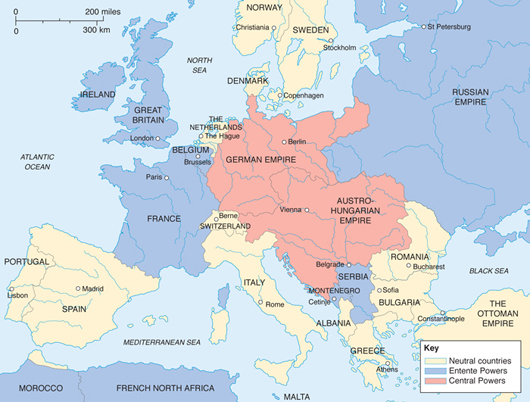
The great powers in Europe on the eve of World War I were very different to those that had fought the Napoleonic Wars, mainly due to the unification of Italy and Germany.
STEAM POWER
The most momentous change was the gradual move from sail to steam as the means of ship propulsion. Adopting steam power freed warships from dependence on the wind, reducing journey times as well as making them more predictable, and making feasible some routes that had previously been impossible. In battle, warships became easier to manoeuvre, which greatly simplified tactics as well as changing the range of skills required to handle a ship or a squadron effectively. A steam-powered warship also had a good chance of either securing a favourable tactical position against a sailing ship or, alternatively, of avoiding battle altogether. This freedom, however, came at the cost of the need for fuel - initially coal, though the move to oil began just before the outbreak of World War I - which tied ships to their bases far more closely than hitherto. Strategically, this favoured local over more distant powers and also made the acquisition of overseas bases more important. At the widest level, it changed the physical and human resources needed to be a great naval power, although Britain still enjoyed an early lead in the production of coal and steel, and industrial capacity.
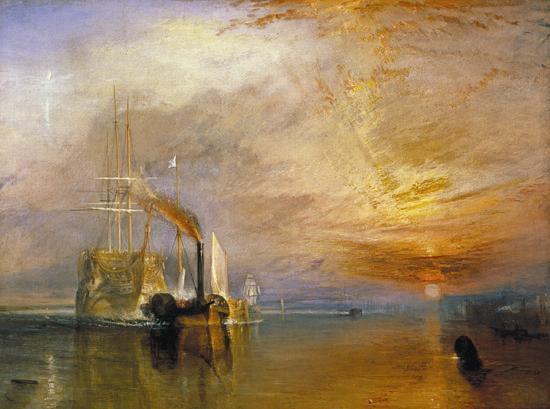
J.M.W. Turner's painting The Fighting Temeraire tugged to her last berth to be broken up (1838). This picture, recently voted Britain's most popular, symbolizes the demise of the old sailing battleships that had dominated naval warfare for centuries, replaced by the steam-powered offspring of the Industrial Revolution. The ship depicted was launched in 1798, and was named after a ship captured from the French; she also fought at the Battle of Trafalgar.
Steam power was initially taken up with greatest enthusiasm by merchant shipping. It was first introduced to navies on a large scale by Britain, with France also showing considerable interest, and some experiments took place in the United States. It seemed to offer particular advantages for short-ranged warships such as the small gunboats so often used in minor wars during the nineteenth century, not least due to their ability to use shallow waters and rivers. Steam warships and gunboats performed well in the Crimean War (1853-56); most of the British and French battleships deployed to the Black Sea were sailing ships, but the majority of the smaller warships were steam powered. This war established the advantages of steam ships, which not only proved extremely efficient in bombardment of targets ashore, but also at times inflicted the indignity on their sail-powered colleagues of towing them into position. By the end of the war, sailing warships were well on the way to becoming a thing of the past, with sails used only to supplement steam, and then only temporarily.

